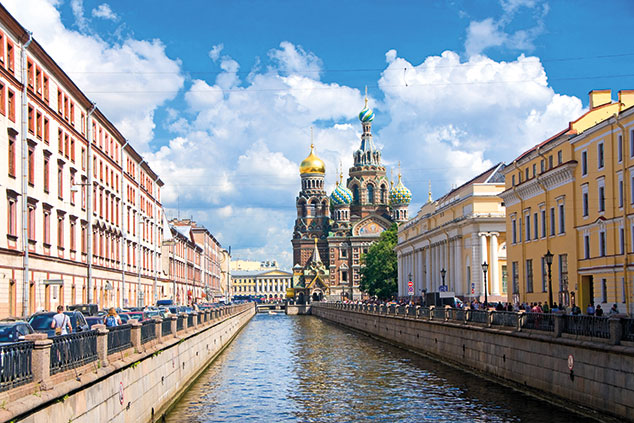
UK investors struggle to understand this property fund, which makes it an attractive bet for the brave.
Although I’m hugely sceptical about Russia politically – let’s agree not to talk about the activities of their spy agencies – I am slightly more optimistic about prospects for the Russian economy. The oil price is much higher than we all expected, debt levels are falling and the poor old Russian consumer has started spending a bit more in the last year or so.
One way into this development is via Raven Russia (LSE: RUS), a London-listed Russian property fund that invests in high-grade logistics warehouses in key Russian cities. Moscow property accounts for 70% of the portfolio, followed by St Petersburg, at 18%. The management of this UK firm is made up of well-respected Russian veterans who know a thing or two about surviving in the local property scene.
An attractive private-equity target
The UK market will never properly value this business, as it can’t quite get its head round the obvious policy and execution risk; investors also fret about the high levels of debt. As of 31 December, the business had total debt of $847m on a loan-to-value of 53%, with the average weighted cost running at 7.62% and an average maturity of 4.5 years. No matter how well the fund does, these fears will not subside and the discount – currently at around 22% – probably won’t budge much. That, in turn, makes Raven quite an attractive private-equity target for the right buyer – ie, one who understands Russia and all the obvious risks.
In the meantime, Raven sticks to its knitting – and produces decent results. Recent full-year numbers (to 31 December 2017) show a 10% increase in net operating income and a 13% increase in net asset value (NAV) – to 77 cents, or 55p. If we include the impact of a proposed tender offer, that NAV increases by 17%.
As at 31 December, the portfolio was made up of 1.8m square metres of warehouse (94%) and office space, which generated $145m of net operating income and was valued at $1.57bn. Moscow assets yield between 11.25% and 12.5% (down from 12% to 13% in 2016), and both St Petersburg and regional assets (the remaining 12% of the portfolio) yield 12.5%, down from 13.25% a year ago.
Russia goes mainstream
Most other logistics-park-based funds trade at a substantial premiums to NAV, with underlying property yields probably not running that much over 7% per year. With Raven, net yields are in the low double digits, and the trade here is obvious – if Russia becomes more mainstream, those yields will pull back into the single digits, realising more NAV gains. In the meantime, Raven needs to find more local debt to keep rolling out new developments and focus on generating enough cash to pay for its dollar-denominated debt.
The dividend yield comes largely from the frequent tenders to investors – the current one is distributing the equivalent of 4p per share, a yield of 9.3%. Most analysts expect that to decline to 3p in the future, a 7% yield. My own preference is for the convertible preference shares, where you get a cash distribution equivalent to a 5.4% yield, and you also get any upside in the equity price if the shares trade (or exit) above 67p a share.
The convertible preference shares can be converted into ordinary shares at any time up to July 2026, currently at a rate of 1.779 ordinary shares per preference share (equivalent to 67.7p per ordinary share at the current price). If we assume another two to three years of 15% to 20% NAV uplifts, we could see a NAV per share of $1 by 2020. That could drag the share price up to around 70p to 80p, which could kick in a share-price uplift for the convertibles.